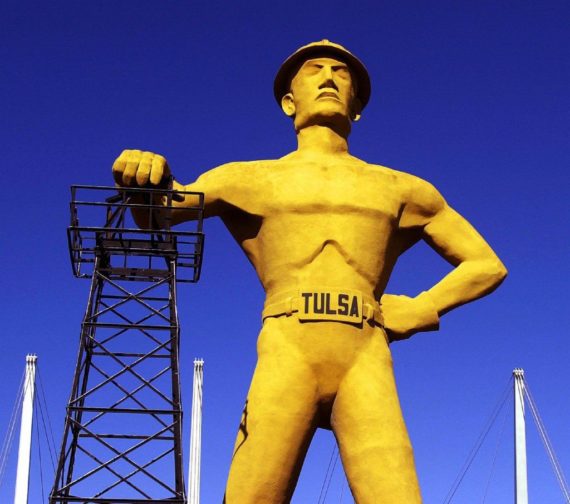
Photo by Tulsa World newspaper
FROM MY FILES FRIDAY: I was in my early 20s, the first time I visited a prison and saw how inmates with mental illnesses were being treated. I wrote an expose for The Tulsa (Okla.) Tribune, that sadly has since closed. In this blog first posted in May 2010, I recalled the reaction my expose received with the response that came after I wrote a story about an abandoned cat. The contrast is a reminder of how important it is for us to demand compassion for those who are ill.
Prisons, Cats, and an Oilman: Where Is Our Compassion For Others?
I have never forgotten my first trip into the white knuckle hell of the Oklahoma State Penitentiary (Big Mac) in McAlester, Oklahoma, and how it changed my life. More than a decade later, I would write The Hot House: Life Inside Leavenworth Prison, which recounts a year that I spent off-and-on inside a federal maximum security penitentiary describing everyday events. I have visited dozens or jails and prisons since then and am always shocked when I see how little has changed in many of these facilities when it comes to housing the mentally ill, the fastest growing segment of our prison populations.
During the mid-1970s, psychotic inmates in McAlester were shot with heavy doses of Thorazine that turned them into drooling zombies who rarely left their bunks. Many slept 23 hours per day in a drugged out trance.
I was so outraged I wrote an expose for the Tribune that I hoped would prompt reforms. It was greeted by silence. There was no community uproar, no letters to the editors, not a single reaction from an elected official.
Shortly after my series was published, a cat crawled through a hole into a warm spot seeking shelter. What the cat didn’t realize was that it had taken refuge inside a hollow portion of a state landmark called The Golden Driller.
In 1953, Tulsa commemorated the importance that oil had played in the state and city’s history by erecting a statue of a “roustabout” – a barrel chested oil worker – on the Tulsa fairgrounds. The statue was such a hit that a permanent one built from iron and concrete was put into place in 1966.
Reputed to be the largest free-standing statue in the world, the Golden Driller is 76 feet tall, so high that the figure’s right hand rests atop an actual oil derrick.
A short time after that cat curled up inside the base of the statue, a workman repaired the hole sealing the feline inside. Fortunately, someone walking by the Golden Driller heard the cat meowing and The Tulsa Tribune got a call. I was sent to investigate and I wrote a story about the stranded animal’s plight.
All hell broke loose. Crowds congregated around the statue. A radio station did a play-by-play broadcast when the firemen arrived to free the cat. Syndicated commentator Paul Harvey telephoned for an update.
The cat was rescued and the community breathed a huge sigh of relief.
For a young reporter, the contrast was shocking. I had exposed human suffering in prison, yet no one had blinked. The cat had attracted national attention.
Why? How was that possible?
The public felt pity for the cat because it was innocent. The public turned a blind eye to prisoners because it felt they were not innocent.
It’s true you can be a bipolar bank robber. But many of the prisoners I saw in Oklahoma and thirty years later on the ninth floor of the Miami Dade County jail when writing my book CRAZY: A Father’s Search Through America’s Mental Health Madness, were not criminals. They were among the 2.2 million Americans with serious mental illnesses booked into jails each year. They were among the 365,000 currently in jails and prisons with serious mental illness who are there because of our failure to help those who are sick.
So why is there so little sympathy for Americans with mental illnesses caught in an endless cycle of homelessness and jails?
One reason is fear.
We want to believe these folks deserve to be incarcerated or homeless. They brought it on themselves. Some still view mental illnesses as signs of punishment for their sins.
We want to believe they’re getting what they deserve because if we admit the cause of their problems was beyond their control that’s frightening. It means a mental illness could happen to us or someone we love.
That’s why it’s easier for us to close our eyes.
We are afraid.



